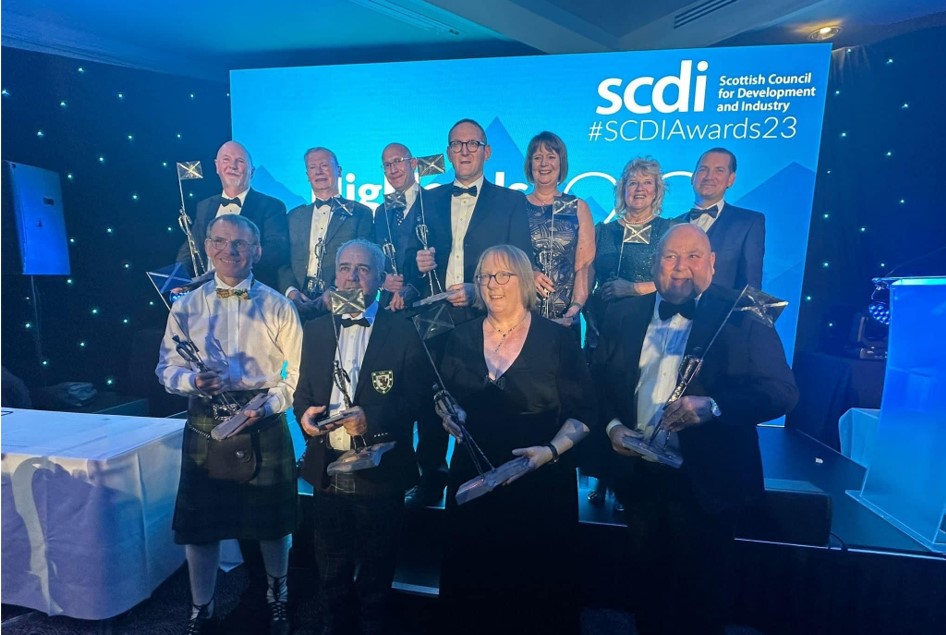Stefan Håkansson, GFG Alliance’s Global Head of Energy and Sustainable Projects, shares the key insights from Climate Week NYC, covering cross-industry climate collaboration, the recognition of climate leadership, and the vital role of local partnerships.
One striking observation at Climate Week NYC was the widening scope of climate commitment across industries. It’s no longer the exclusive domain of carbon-intensive sectors like steel, cement, energy, and automotive. Businesses from diverse sectors, including cosmetics, pharmaceuticals, postal services, software, and even coffee producers, are now actively engaging in conversations about transitioning from fossil fuels to renewable energy and adopting green solutions. This expanding dedication to sustainability truly paves the way for exciting possibilities in cross-industry collaboration.

Stefan Håkansson, GFG’s new Global Head of Energy and Sustainable Projects
Recognising climate leadership
Many of the conversations in New York focused on the importance of not only pursuing decarbonisation, but also ensuring credible certification and independent verification of these efforts. One approach that was emphasised is to garner recognition, collaborate with academic institutions, obtain certifications, and open doors to educational institutions and media outlets. A powerful demonstration of this is ALVANCE’s recent Stromar Wind Award for Excellence in Natural Capital for Climate Change & Sustainable Communities. Since 1929, ALCANCE has been leading the way in operating with renewable power and is one of the lowest carbon footprint aluminium manufacturing sites in the world. I’m incredibly excited about the future and the opportunities it holds for us to limit our impact on the environment and drive positive change.
Another great example is LIBERTY Steel’s Certificate for their participation in the worldsteel Climate Action Data Collection Programme. This CO2 data collection is essential for fostering transparency and creating a level playing field within the industry as it communicates its decarbonisation efforts.

The Award winners
The importance of local partnerships
A recurring theme was the impact that bureaucracy and permitting has on the pace of decarbonisation, and the need for industry players to engage with local communities for faster permit processes to help make them more proactive in driving change. Cultivating strong local relationships emerged as a critical element. Here, LIBERTY Speciality Steel’s carbon capture trial in Brinsworth together with the University of Sheffield serves as a great case of how we at GFG Alliance are doing this already, and the role it plays in making a positive impact.
The initiative is being conducted as part of the SUSTAIN Steel Research Hub project and aims to combat climate change by mitigating carbon dioxide emissions arising from extensive industrial activities. It involves directly trapping these emissions at their source and then repurposing the captured CO2 to produce alternative fuels, base chemicals, or cosmetics.

The carbon capture trial with the University of Sheffield
Accelerating decarbonisation efforts
Another pivotal aspect discussed was securing funding. While it can be a complex endeavour, especially with varying criteria among countries, funding is indispensable for accelerating decarbonisation efforts. So, what does it take to secure it? These criteria are already followed successfully at GFG Alliance:
• It needs to significantly improve the sustainability footprint.
• It should have the potential to be scaled and used in multiple locations to ensure the benefits of rapid decarbonisation extend beyond the initial investment.
• An independent auditor should verify claims, such as through certification or in conjunction with a university research program.
• There is an added benefit if the investment can demonstrate impact in multiple countries.

A full house at NYC Climate Summit
In conclusion, Climate Week NYC underscored the expanding scope of sustainability, transcending industry boundaries. From credible certification to community engagement and funding strategies, it’s clear that we’re on a path towards a more interconnected and sustainable future.

